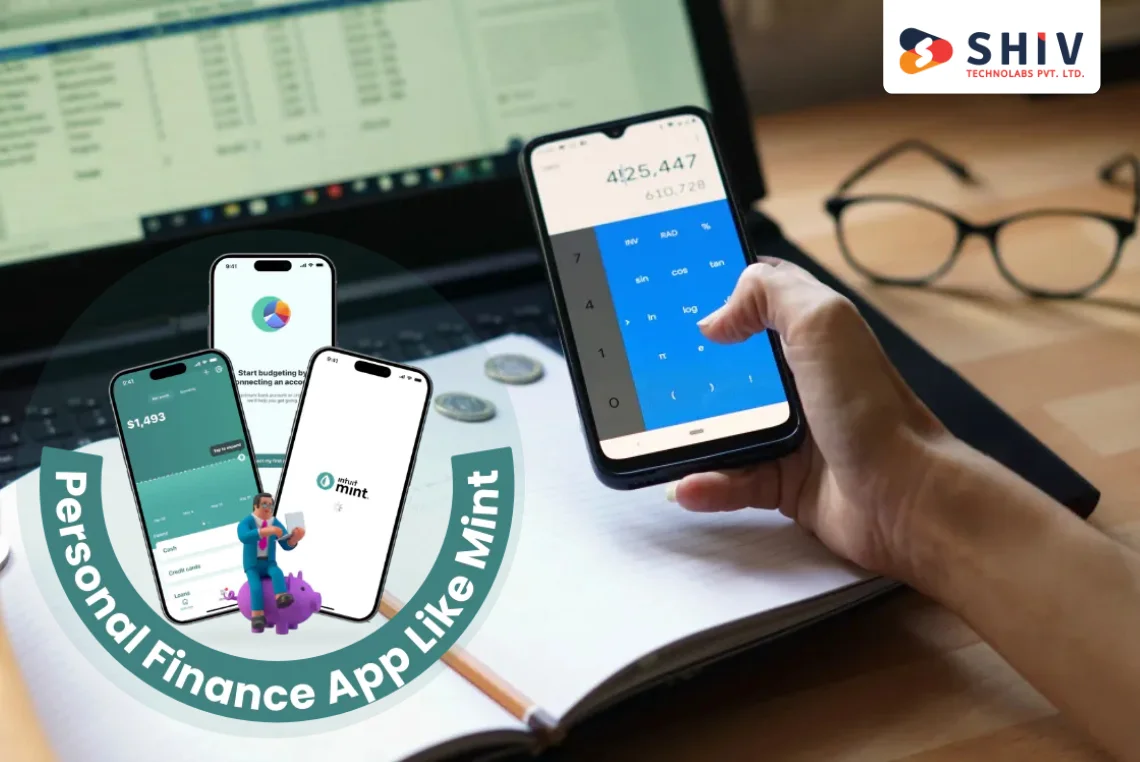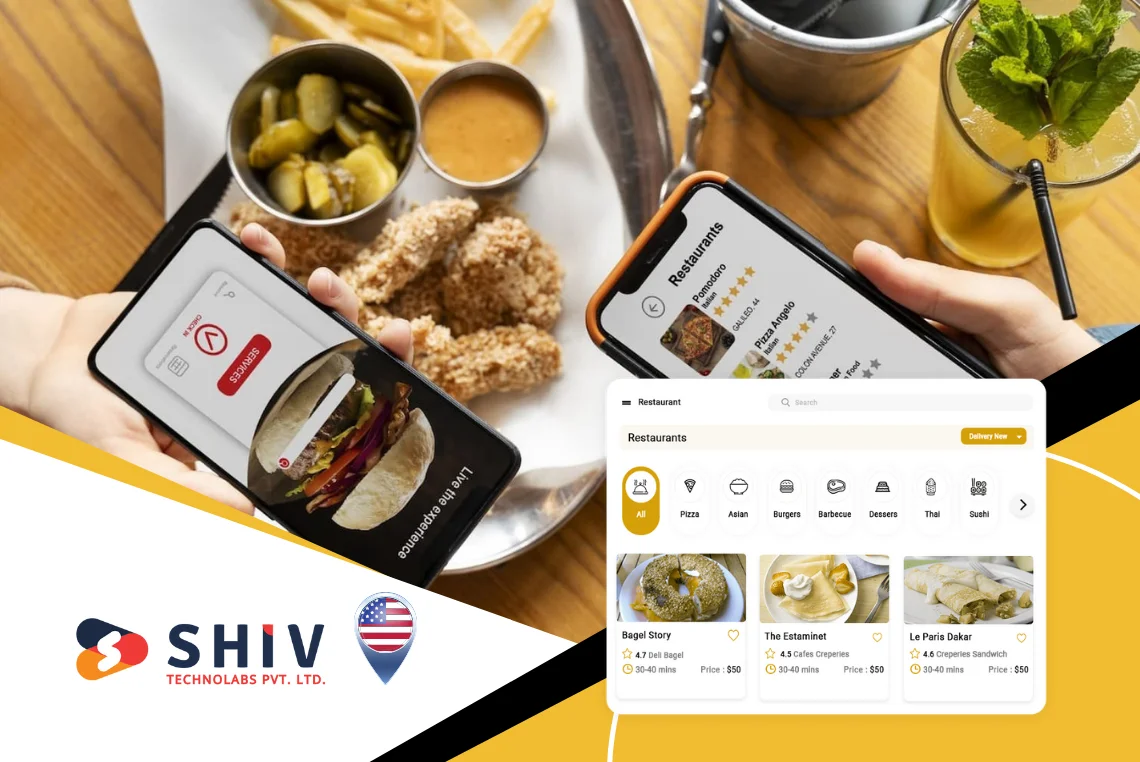Table of Contents
Dubai’s digital economy moves fast, and brands win customers on mobile first across every sector. Choosing the right partner, like a mobile application development company in UAE, helps you build apps that scale. A clear plan around framework choice directly affects speed, budget, features, and lifetime growth of your product.
Startups and enterprises need a framework that balances performance, future growth, and total cost from day one. Picking between Flutter, React Native, or Swift changes launch speed, design quality, and user satisfaction. This guide explains how to choose a framework for a mobile app in Dubai with simple, practical checkpoints.
Before shortlisting vendors or roadmaps, understand the core choices shaping Dubai’s build and maintenance budgets. Here are the most popular frameworks for app development in Dubai and when each approach fits best. Then match them with your goals, timelines, and platform needs for a well-scoped project plan.
What Are the Common Mobile App Frameworks Used in Dubai, UAE?
Native Frameworks and Their Strengths
Swift for iOS and Kotlin for Android give top speed, smooth animations, and deep access to device features. Brands building complex fintech, AR, or heavy media apps often pick native to hit strict quality targets. This route usually costs more, which reflects the cost difference between native and hybrid apps in Dubai.
Hybrid and Cross-Platform Frameworks
Flutter and React Native allow one team to ship for iOS and Android with a shared codebase. Ionic suits content-heavy MVPs where web skills and simple screens drive early traction and faster releases. Cross-platform builds cut duplication and testing time, while plugins cover camera, location, and common device features.
Quick Comparison
| Framework | Development Type | Performance | Ideal For | Estimated Cost (AED) |
|---|---|---|---|---|
| Flutter | Cross-Platform | High | SMEs & Startups | 40k–70k |
| React Native | Cross-Platform | Medium-High | Multi-Platform Apps | 35k–65k |
| Swift | Native (iOS) | Excellent | iOS-focused Projects | 60k–90k |
| Kotlin | Native (Android) | Excellent | Android Apps | 55k–85k |
If your goal is to reach both platforms quickly, start with Flutter or React Native pilots. If you need advanced device features or ultra-smooth motion, plan native sprints for iOS and Android. Both paths work in Dubai; the right choice depends on metrics, timelines, and team skills.
Shortlist two frameworks now and compare their impact on speed, budget, and release cadence for Dubai. Then map features, integrations, and team skills to confirm the right pick before design and sprints. This keeps technical risk low while keeping timelines tight for product leaders and startup founders.
How to Choose the Right Framework Based on Your App Goals

Identify Your App Type and Target Audience
Start by mapping your core use cases, data flows, screen complexity, and real-time needs, such as chat or tracking. Match these needs to platform reach, security requirements, and the features your audience values most.
Retail and food delivery apps demand fast UI, smooth carts, and reliable location services for riders and customers. Healthcare and fintech often require strict auth, audit trails, and encrypted local storage for sensitive data. Tourism apps serve multilingual users, so Arabic support and right-to-left layouts matter from day one.
Shortlist frameworks that meet gateway integrations, maps, push, chat, and booking without heavy custom plugins or risky forks. This approach suits mobile app frameworks for Dubai startups that must move quickly and validate traction.
Confirm compliance needs early, including PDPL, PCI, and any sector rules for health or finance in the UAE. Your framework choice should support the required libraries and audits without repeated work later during upgrades.
Evaluate Performance, Speed, and Maintenance
Performance drives ratings, churn, and session length, so study render speed and scroll smoothness early in prototypes. Check cold starts, animation jank, keyboard behavior, and memory use on mid-range Android devices common in regional markets.
Plan for background tasks, offline caching, and secure API calls with stable SDKs and modules over time. Document how the framework affects mobile app performance in Dubai, including push delivery, map accuracy, and battery drain.
Measure crash rates with staged rollouts and track CPU, GPU, and memory metrics during beta cycles on both platforms. Pick tooling that gives readable logs, quick builds, and automated tests your team actually runs every sprint.
Compare Cost and Time-to-Market
Cost and time depend on team skills, code reuse, and plugin maturity across required features such as payments, chat, and analytics. Cross-platform saves effort when one codebase covers iOS and Android with shared UI components and logic.
For pilots, mobile app frameworks for Dubai startups can cut costs while reaching both stores quickly. For scale, budget for deeper testing, CI pipelines, and native modules where needed for stability and growth. Use phased refactors to reach native where performance needs exceed cross-platform comfort over time, safely.
Factor vendor lock-in risks, roadmap health, and community support when planning multi-year ownership costs for your stack. Choose a stack with local talent availability in Dubai to keep hiring speed and costs predictable.
Create a simple scorecard across speed, design quality, cost, talent, and risk to compare candidates objectively. Run a two-week spike per option, then select the winner based on measured results from devices.
Example: a delivery app prototype in Flutter ships faster while meeting maps, push, and wallet needs today. Later, migrate specific screens to native modules when riders require advanced camera or background tracking features.
Which Is the Best Mobile App Framework in the UAE?
UAE companies want fast releases, high quality, and clear control over cost and future updates. The real answer to which is the best mobile app framework in the UAE depends on goals, features, and team skills.
Flutter for Fast UI and Cost Control
Flutter offers a single codebase for iOS and Android with tight control over visuals and motion. Teams build pixel-precise screens, reduce duplication, and hit aggressive launch dates without juggling two stacks.
Its widget system helps designers and developers match brand styles while keeping layouts consistent across devices. Hot reload shortens feedback loops during sprints, so product teams can test ideas quickly with real users.
Flutter’s package ecosystem covers payments, maps, chat, analytics, and push for most consumer and B2B apps. For startups, this often means shorter timelines, simpler testing, and an easier path to product-market fit.
React Native for Cross-Platform Reach
React Native suits teams with JavaScript and React experience who want a broad reach across platforms. Shared logic and reusable components help teams move faster while keeping feature parity across iOS and Android.
Modern tooling, such as the new architecture, Hermes, and Fabric, brings strong gains in start time and UI responsiveness. You can add native modules for camera, media, or sensors when advanced features need extra power.
Ecosystem maturity is a major advantage, with many proven libraries for navigation, forms, and state management. Companies with existing web talent can repurpose skills, cut onboarding time, and keep roadmaps predictable.
Swift & Kotlin for Native Excellence
Swift and Kotlin deliver top performance, deep hardware access, and full control of platform-specific features. Brands pick native when they need heavy graphics, complex offline logic, or advanced background tasks at scale.
On iOS, Swift pairs well with frameworks like ARKit, Metal, and Core ML for premium experiences. On Android, Kotlin works with Jetpack and Compose for modern layouts, smooth transitions, and reliable lifecycle management.
Native apps usually cost more because two codebases require separate builds, tests, and releases. The payoff is maximum speed, polished motion, and full API access for features that must feel tight and responsive.
Bottom line: pick Flutter or React Native for fast cross-platform delivery and measured control of budget. Choose Swift and Kotlin when you need top-tier performance, platform features, and the polish expected by major brands.
What Factors Define the Cost of Building Mobile Apps in Dubai, UAE?

App budgets in Dubai rise or fall based on framework, features, integrations, design depth, and testing. The cost difference between native and hybrid apps in Dubai starts with code duplication and specialist talent.
Native builds need two teams, separate pipelines, and full device compliance for camera, sensors, and payments. Cross-platform trims delivery time, but advanced animations or background tasks may still require custom native modules.
Pricing also depends on API scope, payment gateways, Arabic layouts, and accessibility for regional audiences. Account for CI pipelines, store reviews, analytics, error tracking, and support hours across the first twelve months.
Local talent availability affects rates and delivery speed, so match your stack with Dubai hiring realities. Pick tools with strong communities, regular releases, and reliable documentation to keep sprints predictable and stable.
Example: a two-sided marketplace with chat, wallet, and maps can land near AED 120k in native. A similar cross-platform build may start near AED 70k, with extra spend for advanced plugins later.
Cost Comparison Table
| Factor | Native Apps | Hybrid Apps |
|---|---|---|
| Development Time | Longer | Shorter |
| Maintenance | Higher | Moderate |
| Performance | Excellent | Good |
| Cost Range (AED) | 80k–150k | 40k–90k |
Why Startups Prefer Cross-Platform
Founders pick mobile app frameworks for Dubai startups to reach both stores quickly and control early burn. A shared codebase cuts staffing needs, speeds QA, and lets small teams ship frequent updates with confidence.
When traction grows, teams can add native modules for specific screens without rewriting the entire product. This path protects budgets, keeps velocity high, and reduces risk during investor milestones and seasonal peaks.
How Framework Choice Affects Long-Term App Performance
Plan for growth by tracking how the framework affects mobile app performance in Dubai across OS updates and devices. Measure cold starts, frame drops, battery usage, and network retries to predict maintenance needs and roadmap changes.
Native stacks suit heavy workloads, low-latency media, AR, and complex offline sync that push hardware limits. Cross-platform offers flexibility for most screens, with modular designs that add native power only where required.
Check release cycles for libraries, OS deprecations, and security patches to avoid sudden rebuilds later. Adopt feature flags and gradual rollouts, so risky updates ship safely without hurting conversion or ratings.
Plan observability from day one with crash analytics, tracing, and real device farms for Gulf models. Budget a migration path if scale demands native splits, so teams can refactor modules without downtime.
What Are the Most Popular Frameworks for App Development in Dubai, UAE?
Dubai teams often pick mature stacks with fast shipping and strong UI control. Here are the most popular frameworks for app development in Dubai, based on hiring trends and project needs.
- Flutter – best for startups
- React Native – flexible for cross-platform
- Kotlin – robust Android support
- Swift – Apple ecosystem leader
- Ionic – cost-effective for MVPs
Match these options to scope, budget, and device needs before design starts. This helps you pick the best mobile app framework in Dubai for your specific roadmap and growth plan.
How to Decide Between Native and Hybrid Frameworks
Start with user needs, feature depth, and hiring plans, then test on real devices. Use this checklist to guide how to choose a framework for a mobile app in Dubai with clear trade-offs.
Comparison Table
| Criteria | Native | Hybrid |
|---|---|---|
| Speed | Fast | Moderate |
| Code Reuse | Low | High |
| UI Control | Full | Partial |
| Budget | Higher | Lower |
| Maintenance | Complex | Easier |
Pick native when motion, camera, or offline logic demands top performance at scale. Pick hybrid when you need both stores quickly with one codebase and frequent releases.
Work With Shiv Technolabs for the Right App Stack
Ready to plan your stack with confidence and clear numbers? At Shiv Technolabs, a mobile application development company in Dubai, we map your goals and timelines. We align features with the right framework for speed, cost, and growth today. We craft scorecards, run device spikes, and compare cost lines for build, QA, and support. Startups get fast pilots with Flutter or React Native and clean upgrade paths to scale. Enterprise teams get native modules where performance matters most, plus CI, release playbooks, and long-term maintenance plans.
Conclusion
Framework choice shapes speed, budget, and user satisfaction over the full product life. Align platform reach, device needs, and hiring plans with a clear comparison of native and cross-platform. For expert guidance, connect with our mobile app experts in Dubai who help brands ship reliable, future-ready apps.
FAQs: Choosing the Right Mobile App Framework in Dubai, UAE
Which is the best mobile app framework in UAE for startups?
Flutter or React Native, thanks to one codebase and fast release cycles.
How to choose a framework for mobile app in Dubai by project size?
Large, complex apps suit native; small to mid-size apps fit hybrid well.
What’s the cost difference between native and hybrid apps in Dubai?
Native often costs about double due to two codebases and extra QA.
How framework affects mobile app performance in Dubai?
It shapes start time, animation smoothness, battery impact, and API stability.
What are the most popular frameworks for app development in Dubai today?
Flutter, React Native, Kotlin, Swift, and Ionic lead most production stacks.









![Popular Tech Stacks Used in Mobile Apps [Industry-wise Bifurcation]](https://shivlab.com/wp-content/uploads/2025/09/Popular-Tech-Stacks-Used-in-Mobile-Apps-Industry-wise-Bifurcation.webp)













